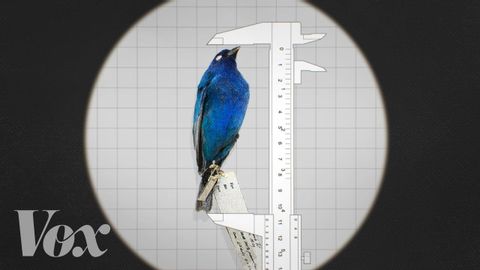【英語で雑学】温暖化で動物は小さくなる!?その理由とは?
Minjane が 2022 年 05 月 09 日 に投稿  この条件に一致する単語はありません
この条件に一致する単語はありませんUS /səˈsɛptəbəl/
・
UK /səˈseptəbl/
- adj.影響を受けやすい;影響を受けやすい;影響を受けやすい;脆弱な
US /mɪˈtæbəˌlɪzəm/
・
UK /məˈtæbəlɪzəm/
US /ˈævərɪdʒ, ˈævrɪdʒ/
・
UK /'ævərɪdʒ/
- n. (c./u.)平均
- v.t.平均する
- adj.典型的な : 普通の : ありふれた : 普段の
- v.i.(ある方向へ)徐々に進む : 向かう
- v.t.世話をする : 面倒を見る
- v.t./i.~する傾向がある
エネルギーを使用
すべての単語を解除
発音・解説・フィルター機能を解除
